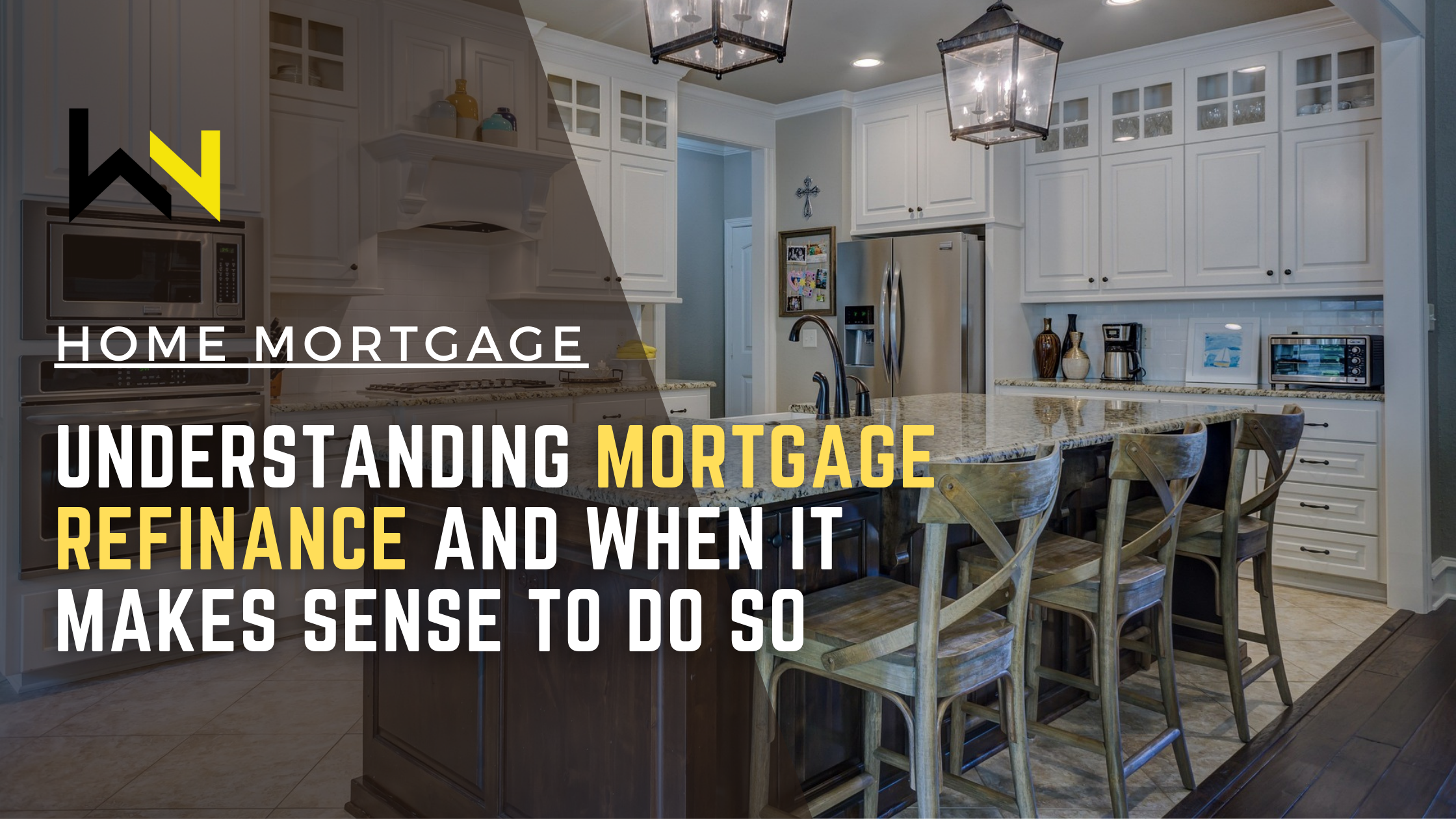Mortgage insurance is a type of insurance that protects lenders against losses due to borrower default on mortgage loans. It is typically required when a borrower has a down payment of less than 20% of the home’s purchase price. In this article, we’ll take a closer look at what mortgage insurance is, why it is required, and the different types of mortgage insurance available.
What is mortgage insurance?
Mortgage insurance is a type of insurance that protects lenders against losses due to borrower default on mortgage loans. In the event of a default, the insurance policy pays the lender a certain percentage of the outstanding loan balance. This helps to reduce the lender’s risk and encourages them to lend to borrowers who may not otherwise qualify for a mortgage.
Why is mortgage insurance required?
Mortgage insurance is typically required when a borrower has a down payment of less than 20% of the home’s purchase price. This is because a down payment of less than 20% is considered a higher risk for the lender, as it means that the borrower has less of their own money invested in the property. Mortgage insurance helps to reduce this risk and provides an additional layer of protection for the lender.
Types of mortgage insurance
There are several different types of mortgage insurance available, including:
- Private Mortgage Insurance (PMI): This is the most common type of mortgage insurance and is typically required for conventional loans. PMI is usually paid monthly and is included in the borrower’s mortgage payment.
- Mortgage Insurance Premium (MIP): This is a type of mortgage insurance that is required for FHA loans. MIP is typically paid monthly and is included in the borrower’s mortgage payment.
- VA Loan Funding Fee: This is a one-time fee that is required for VA loans. The amount of the fee varies depending on the borrower’s military service status, down payment amount, and other factors.
- Lender-paid mortgage insurance (LPMI): With LPMI, the lender pays for the mortgage insurance instead of the borrower. This can be a good option for borrowers who want to avoid paying a monthly PMI premium.
- Borrower-paid mortgage insurance (BPMI): With BPMI, the borrower pays for the mortgage insurance premium. This can be a good option for borrowers who want to avoid paying a higher interest rate or who plan to sell or refinance the property in the near future.
How to avoid mortgage insurance
If you want to avoid paying mortgage insurance, there are a few options available. The first is to make a larger down payment. If you can make a down payment of 20% or more, you may be able to avoid mortgage insurance altogether. Another option is to consider a piggyback loan, which involves taking out a second mortgage to cover part of the down payment. Finally, you can also look into loan programs that do not require mortgage insurance, such as VA loans for eligible veterans and active-duty service members.
Conclusion
In conclusion, mortgage insurance is an important part of the home-buying process for many borrowers. It helps to reduce the lender’s risk and provides an additional layer of protection for the borrower. If you are considering a mortgage with less than a 20% down payment, be sure to factor in the cost of mortgage insurance when budgeting for your monthly mortgage payment.







